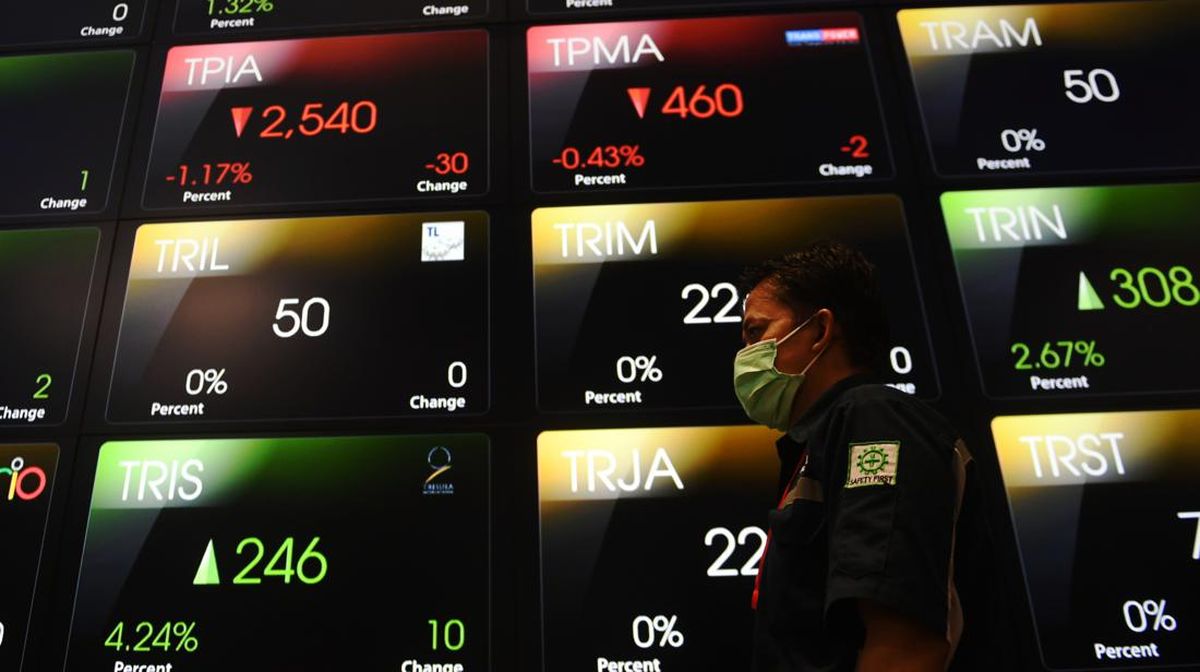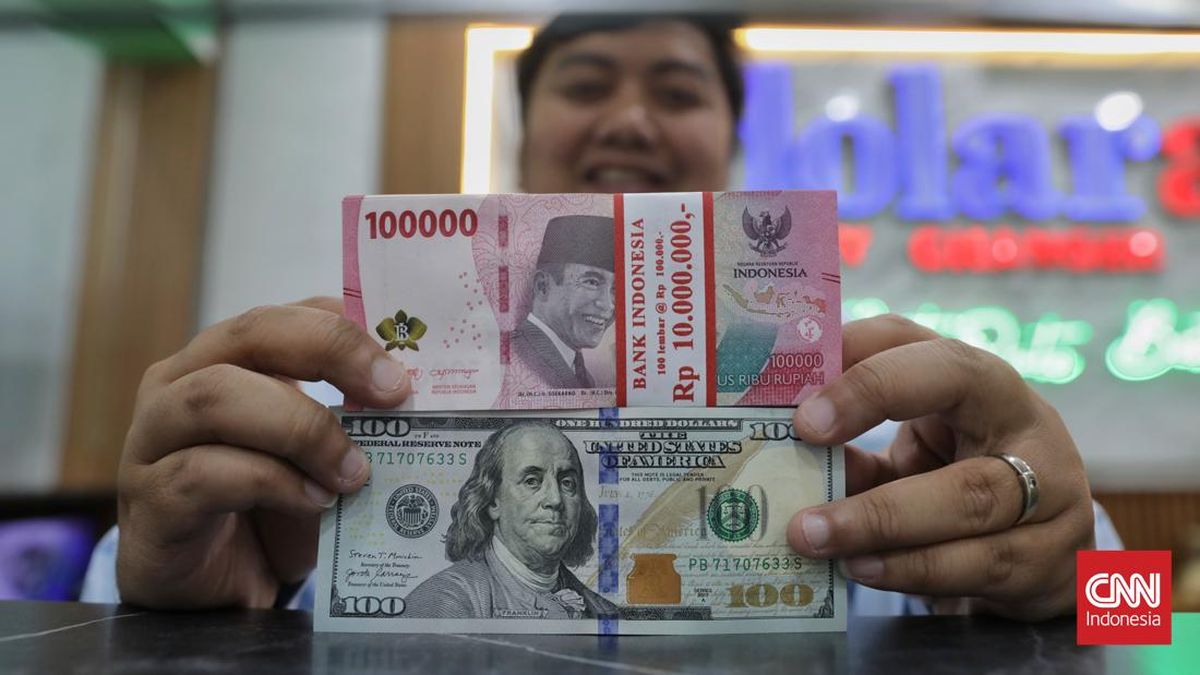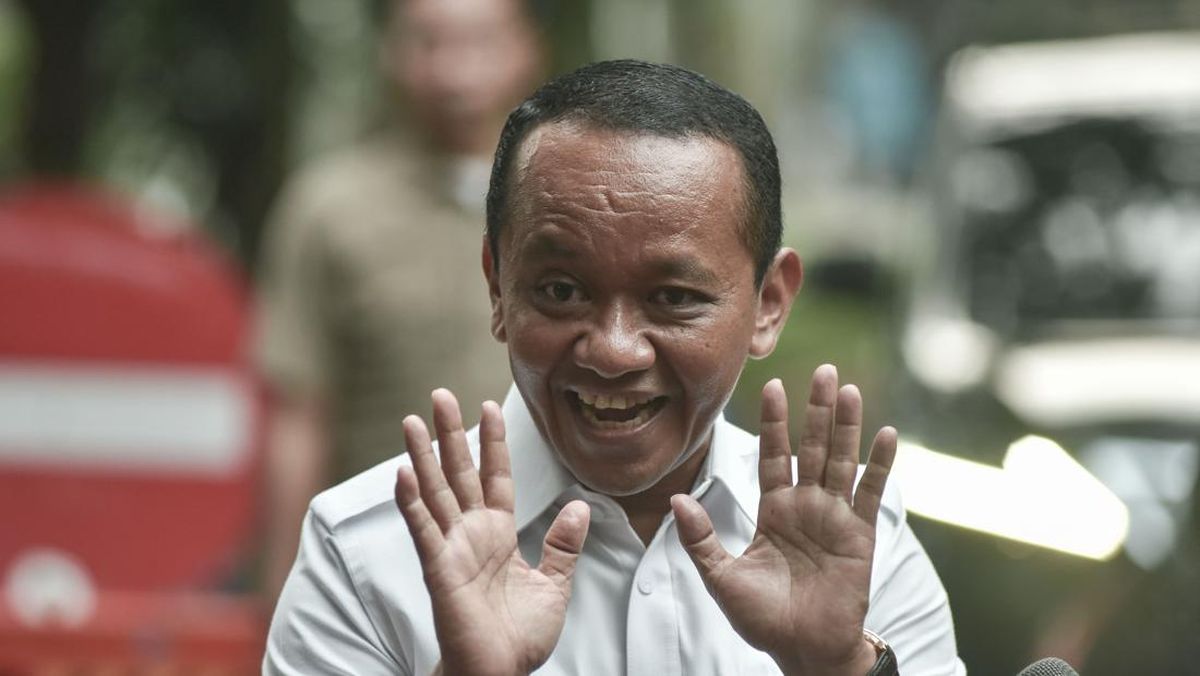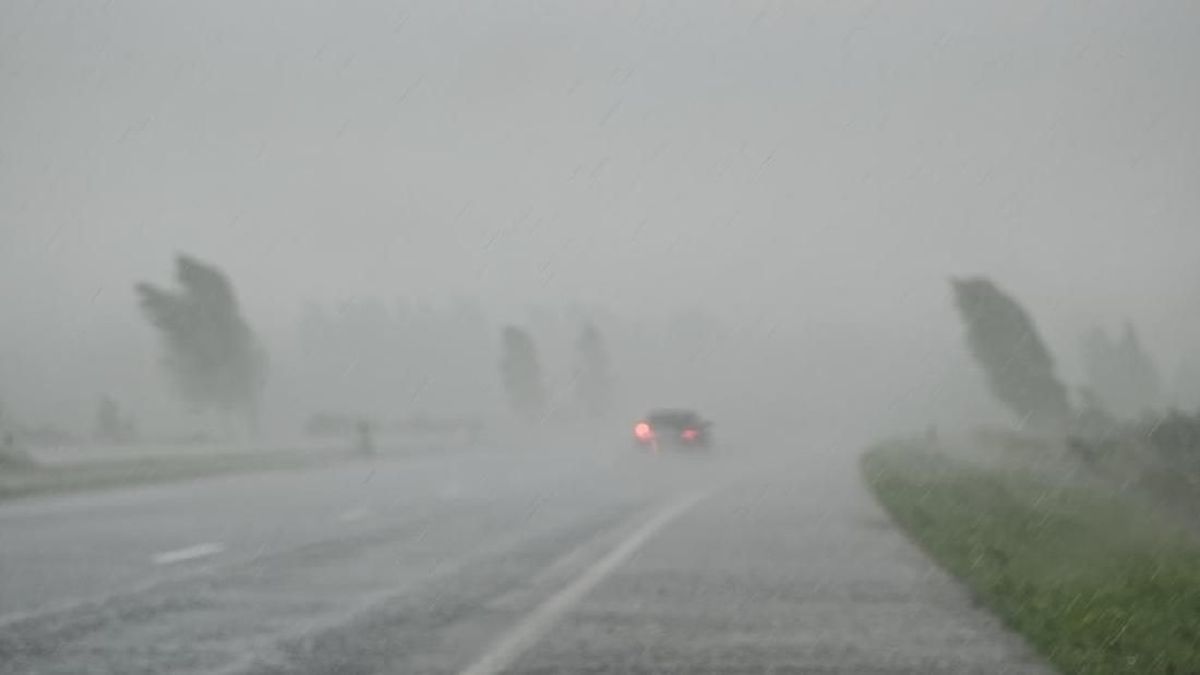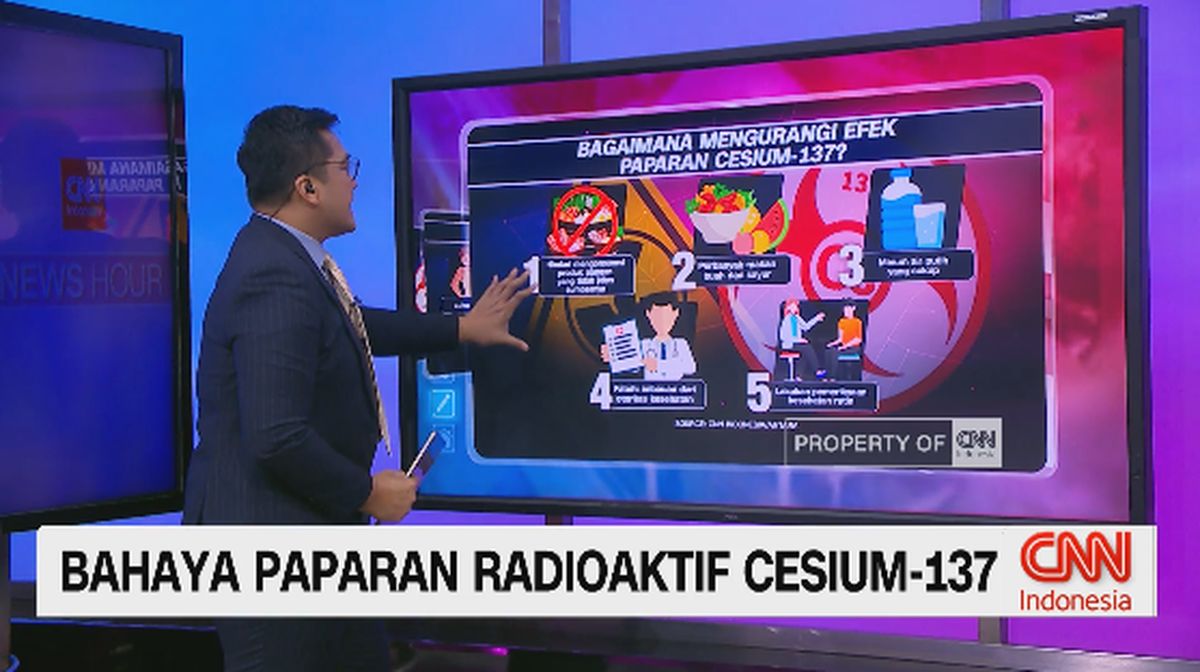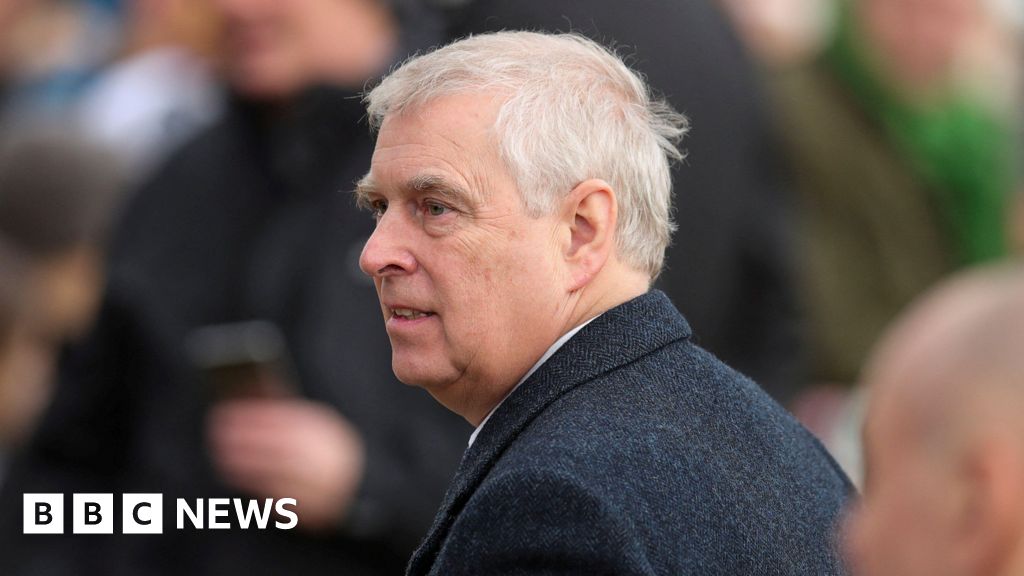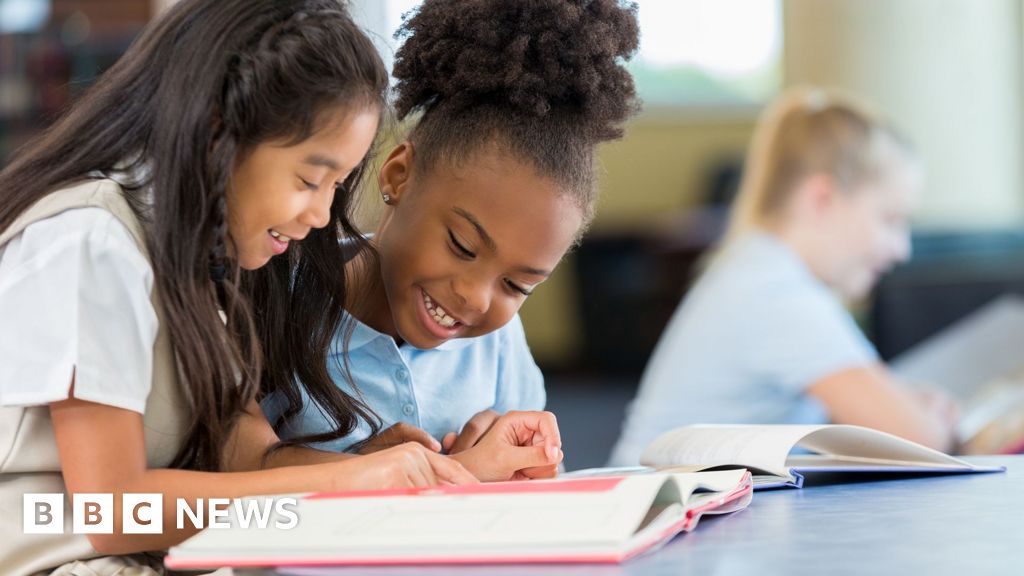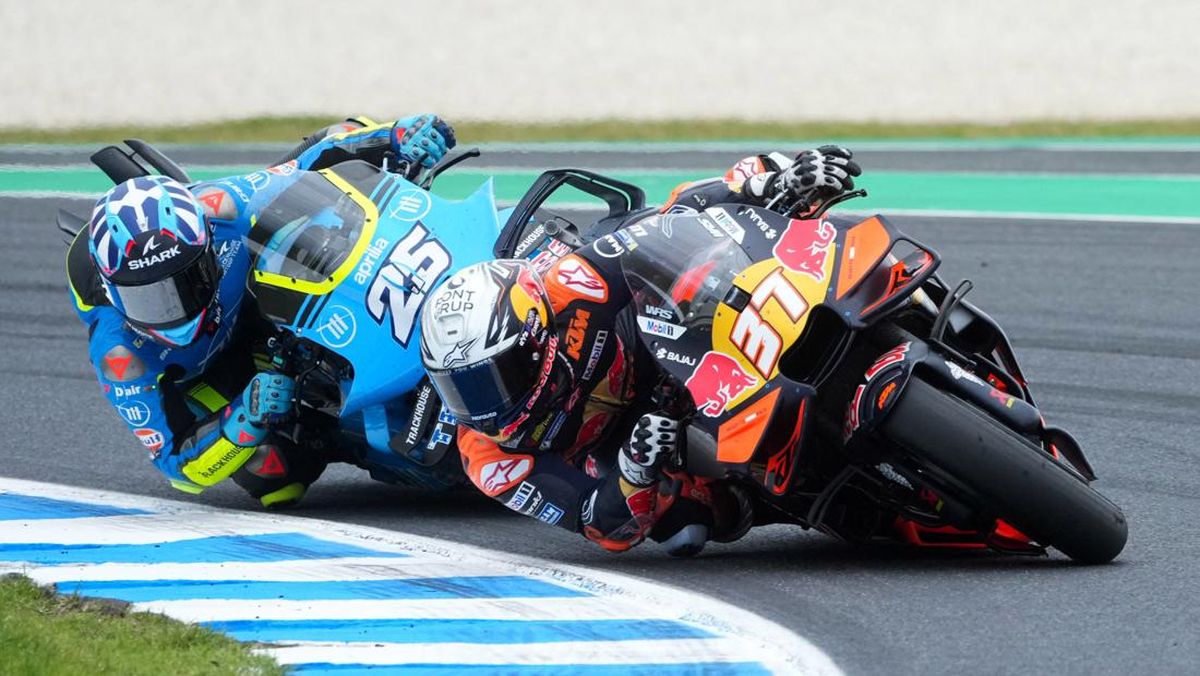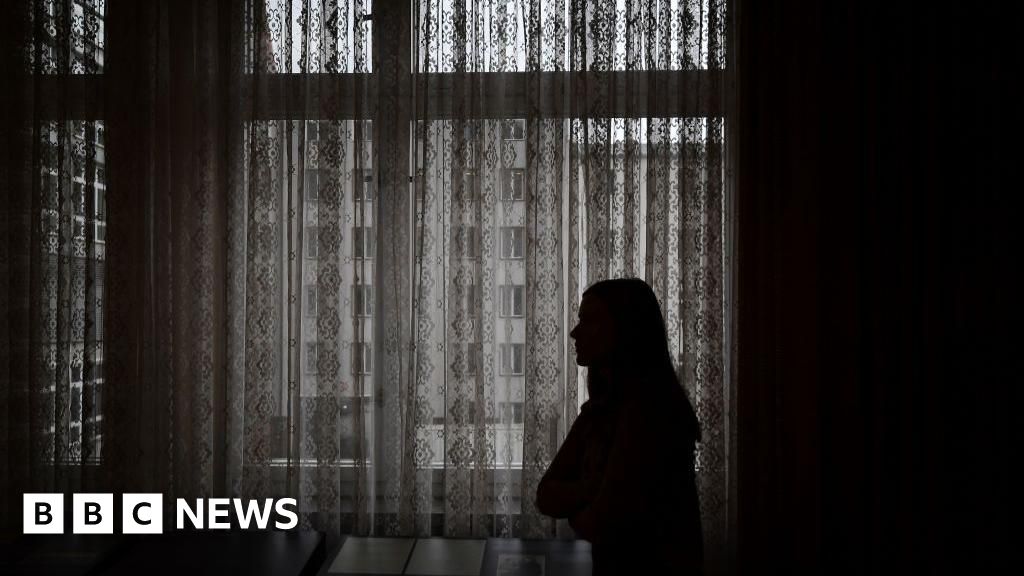If you’re thinking of decorating the house for Halloween, Bunnings would like to be your first port of call.
There are string lights or solar pathway lights in the shape of scary pumpkins, bats, spiders, or skulls. Light-up inflatables range from cute ghosts, graveyard zombies, dinosaurs or even a menacing-looking broccoli.
If you really want to get into the Halloween spirit, $199 will get you a 2.7-metre scary clown animatronic that moves and speaks when you go near it. For the younger kids or the faint of heart, stick a Mickie and Minnie Mouse or Storm Trooper in your front yard, courtesy of a Disney partnership.

Bunnings has tripled its Halloween range this year as Australians spend more on October 31.
“We’re relatively new to the Halloween space,” said Bunnings merchandise manager Emma Keir. “We couldn’t do everything for everyone, but this just made so much sense for us.”
For Bunnings’ third year selling Halloween-themed merchandise, the retailer has tripled its range to 70 items to cater to the growing number of Australians decorating their homes and whose children don costumes and go trick-or-treating on suburban streets.
“It’s all grounded in community,” Keir said. “I love the Halloween concept of getting to know your neighbours and spending time as kids and families outside.”
The ASX-listed hardware giant has positioned itself at the forefront of a Halloween spending spree where one in five Australians, or 4.8 million people, are expected to throw $500 million – 11 per cent more than last year – on lollies, decorations, costumes and party paraphernalia. Shopify data shows lolly and chocolate sales rose 77 per cent and demand for costume accessories skyrocketed 67 per cent in the six weeks between September 1 and mid-October alone.
Retail consultant Trent Rigby believes the half-a-billion estimate from the Australian Retailers Association is too low. “It’s closer to $525 million, and to be honest, I think that’s a bit conservative,” he said.
“Similar to Black Friday’s trajectory in Australia, Halloween has now evolved into one of the fastest-growing retail events on the calendar.”
Loading
Book Week, the popular week-long children’s reading event, has played a hand in the uptake of Halloween, with kids repurposing their Book Week costumes for Halloween, Rigby added.
Nikki Yeaman can measure the popularity of Halloween by how much online costume business CostumeBox has grown over the past two decades. In 2008, Yeaman sold about 400 Halloween costumes; this year, the range has blown out to about 13,000.
“It was a lot simpler. People were just sort of catching onto the idea of Halloween; it was very spooky, vampires and skeletons, that kind of dressing up,” said Yeaman.
“Now, we see people looking for Breaking Bad costumes or The Addams Family,” she added. Pop culture and popular TV shows play a big part, driving demand for ‘It’ clown costumes and all manner of ghost faces. “People are after the Ray Gun costume.”

CostumeBox founder and chief executive Nikki Yeaman outside her home in Balgowlah Heights with Halloween inflatables.Credit: James Brickwood
While some people started shopping for spooky season as early as August, business really picks up around mid-September. October sales are about five times that of a typical month. “It’s definitely our Christmas,” Yeaman said.
It’s not just children dressing up to go trick-or-treating; most of CostumeBox’s sales are driven by adults. Halloween celebrations this year have been further heightened by the fact that October 31 falls on a Friday, meaning more house parties and local pubs and venues getting into the theme.
‘We need these events to get the consumer to think about shopping – and they work.’
MST Marquee senior analyst Craig Woolford‘Americanisation of culture’
Halloween’s origins are in the ancient Gaelic festival of Samhain, which marked the end of harvest season and the start of winter – and a time when the veil between the dead and the living was believed to be thinnest. The Christian church later deemed November 1 as All Saint’s Day, or All Hallows’ Day, and October 31 became All Hallow’s Eve.
“Most people don’t realise it’s a religious festival, but it is,” said University of Sydney religious studies Professor Carole Cusack.
The gradual but undeniable participation of Halloween in Australia – where people dress up, decorate the house, take the kids door-knocking, and mingle with neighbours – has been almost entirely divorced from its religious roots to become a day to socialise and bring the community together.
Cusack believes global interest in Halloween was kicked off by the 1987 Hollywood film franchise, Halloween, where Jamie Lee Curtis made her debut.
“It’s also driven by Americanisation of culture,” said Cusack. “When I was growing up, Australia was British,” she said.
“Now, we do things a lot more in the way Americans do it, and Halloween is an American thing. If you think about it from a mercantile point of view, all the s--t that is sold in the shops, cobwebs that kill our native birds, non-biodegradable garbage being exported all over, that’s what happens.”
Loading
Retailers have a tendency to latch onto major events (Valentine’s Day, Mother’s Day, Christmas) to draw people into stores, said Craig Woolford, a senior retail and consumer analyst at MST Marquee.
“We need these events to get the consumer to think about shopping – and they work,” Woolford said.
“There tends to be a bit more of a switch-on and switch-off by the consumer these days, when they’re in the mindset of buying or when they’re not in the mindset of buying ... Outside of those events, it can be a bit quieter in terms of foot traffic and sales.”
A good chunk of purchases for October 31 are low-cost, one-off novelty items. Rigby believes about 10 to 15 per cent of Halloween spending on costumes and accessories, particularly from younger shoppers, is going to ultra-cheap retailers like Shein and Temu.
“It’s never been more accessible to buy Halloween products,” said PwC retail and consumer industry lead Brian Man.
“You can kit two or three kids out for less than $50 and you’ve entertained them for potentially two days. That’s actually really cheap entertainment,” Man said.
“Getting them outside, away from a computer, away from an iPad, it’s actually quite an interesting thing to do, because there are very few examples of how we’ve gotten kids outside, outside of Halloween.”
Enterprising small business owners are finding ways to jump on board; there are plumbers running Halloween discounts and electricians issuing safety guides to avoid overloaded power boards and short-circuiting as a result of decorative lights and electric inflatables.
In some corners of TikTok, netizens have filmed themselves preparing gift hampers called ‘boo boxes’, full of snacks, scented candles, toys and other novelty Halloween decor.
“It just shows that commercialisation of Halloween,” Rigby said.
The Business Briefing newsletter delivers major stories, exclusive coverage and expert opinion. Sign up to get it every weekday morning.
Most Viewed in Business
Loading

